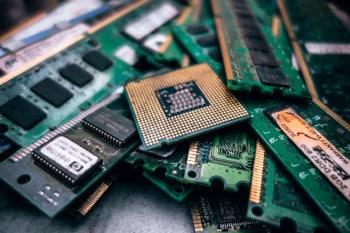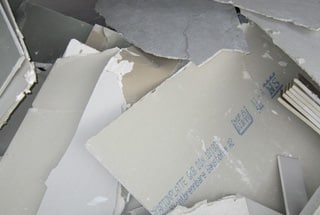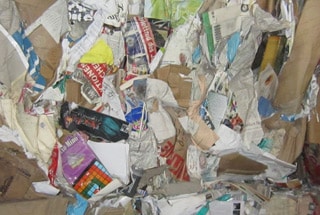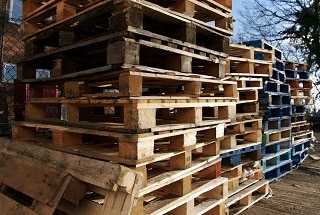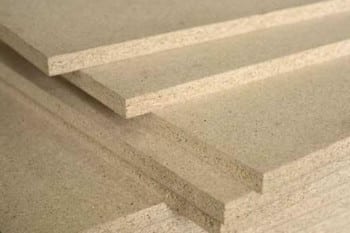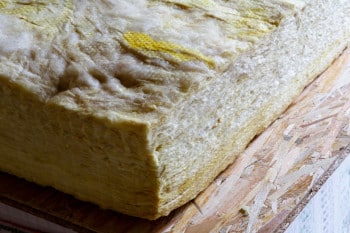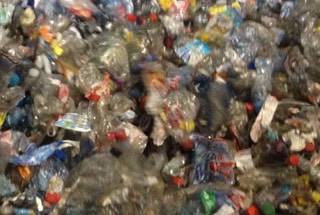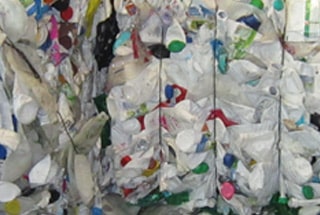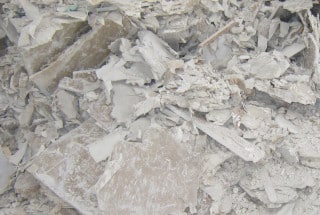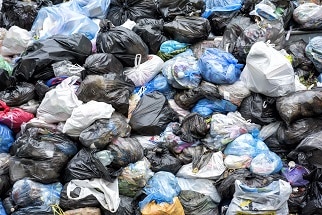The importance of enhanced sorting and separation in material recovery
Enhanced sorting and separation in material recovery is crucial due to the complexity and diversity of waste materials. Effective separation is essential for recycling operations to recover valuable materials, reduce contamination and improve the quality of recycled products.
But sorting also poses challenges because of the variety of materials that need to be sorted, contamination levels and the limitations of traditional mechanical sorting methods. Addressing these challenges is vital for increasing recycling rates, minimizing landfill use and supporting a circular economy.
Today it is pivotal to acknowledge how advanced sorting technologies can significantly improve efficiency and precision in material recovery.
The evolution of sorting technologies
The evolution of sorting technologies in recycling has transitioned from manual sorting and basic mechanical processes to sophisticated, automated systems.
- Traditional methods were labor-intensive and less precise,as well as limited by the ability to accurately separate materials by type and quality.
- Modern advancements, however, leverage artificial intelligence (AI), robotics, and sensor-based systems.
Current advanced sorting technologies
As mentioned, modern technologies in recycling incorporate AI, robotics, and sensor-based systems, enhancing the precision and efficiency of material separation.
AI algorithms optimize sorting decisions in real-time, while robotics offer automated handling of materials with speed and accuracy. Furthermore, sensor-based systems, including near-infrared (NIR) and X-ray, can identify materials based on their physical and chemical properties, enabling precise separation.
These technologies collectively improve recovery rates, reduce contamination, and allow for the processing of diverse waste streams, significantly benefiting environmental sustainability and economic efficiency in recycling operations.
Success stories in material recovery
ACAs bale opener machine has great success in processing plastic bottles, achieving a 96% efficiency in separating bottles without damage. This technology optimizes sorting processes by color and material type, designed for various plastics including PET and HDPE.
The slow-turning screws ensure minimal damage and uniform output, facilitating easier recycling and sorting, representing a significant advancement in material recovery and waste reduction.
Dissolving plastic bottles
If, for example, 1 ton of plastic bales are placed in the ACA bale opener, which must be sorted according to material or color, 10,000 pieces will come out. In other machines up to 100,000 pieces will come out.
Much easier to sort whole bottles than spilt bottles. 96% will come out as whole bottles for better sorting.
The role of policy and industry standards
Regulations and industry standards play a great role in the advancement of sorting and separation technologies. They drive innovation by setting performance benchmarks and environmental goals, encouraging the development of more efficient recycling methods.
For instance, the European Union’s Waste Framework Directive and the U.S. Resource Conservation and Recovery Act have both pushed for improvements in waste management practices, leading to technological innovations in material recovery.
Handling challenges
The changing regulations pose challenges for companies all over the world and require significant adaptation efforts.
Our goal is helping companies navigate these challenges posed by changing regulations and standards in the recycling sector. We do this by continuously developing solutions that meet the latest regulatory demands and enable businesses to stay ahead in a dynamic regulatory landscape, driving forward the agenda for more efficient and sustainable recycling practices.

